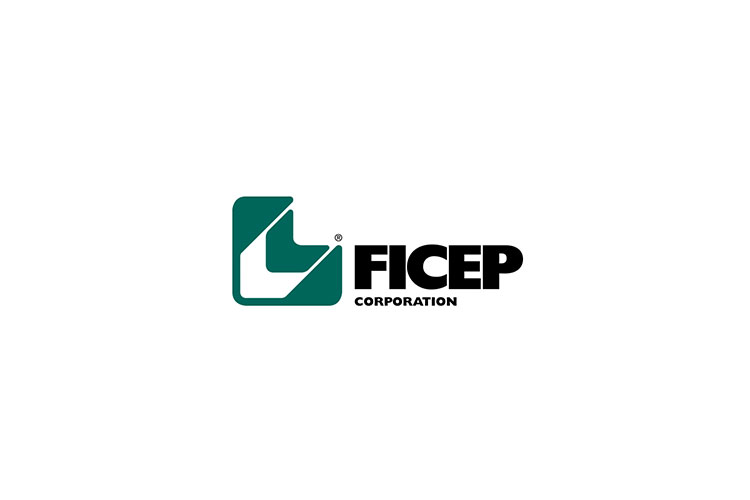The demand for higher automation level in structural steel fabrication industry is putting pressure for the BIM information needed in the fabrication prosesses.
Demand for automation in steel fabrication is increasing all the time. The market requirements vary from automatic robotic welding & surface treatment solutions, automatic material handling to fully automatic steel fabrication “factories”.
The need for higher productivity through automation has created new challenges for the information required to plan and manage the steel fabrication processes. In the past the CNC automation was relying on DSTV format to fabricate individual steel parts. The focus at the moment has moved to increase the productivity in the assembly phase as it is still very laborious part of the fabrication process.
The widely used DSTV standard was struggling to fulfill the demands on the market for various reasons:
Limitations in extending the current standard to include additional data e.g. scribing, welding, GUIDs, information (status, scheduling, costs, etc.), etc.
- Assembly hierarchy not defined for fabrication purposes
- The production planning and management with many individual files very difficult – no hierarchy
- No support for parameters e.g. pipe beveling connection definition
- Different versions of the standard in each implementation causing problems
- Limited in types of materials:
- 3D geometry for pipes was not supported
- Bended and cambered parts
- Special profiles not supported
All these drawbacks led FICEP and Steel Projects to take the Tekla Open API in to use to develop an application and a file format with much more structured and rich information taken directly from the Tekla models. This enabled processes like scribing to be developed.
For the similar reasons a Dutch company HGG, specializing in pipe beveling, worked together with Tekla to create a direct information flow from the Tekla models to the HGG machines for pipe beveling.
To drive the steel fabrication industry to the automation and to take new technologies more widely in to use FICEP, Steel Projects, Tekla and HGG decided to put all the knowledge gained from the individual development works done to define and create a new standard for the steel fabrication industry that would meet the current and future demands.
IFC (Industry Foundation Classes) is an open, neutral and standardized specification for Building Information Models, BIM. Up to now the IFC based workflows have been more common in the design processes. The idea to expand the IFC format also for steel fabrication industry originated from Tekla. The first meeting was held already in 2009 in Germany with BuildingSmart to discuss the definition process. One important element within IFC was the fact that by taking this format in to use it would bring the whole steel fabrication industry into the BIM workflow.
As AISC revised their strategy regarding the information standards it became obvious to work together on the same goal. AISC and Georgia Tech made it possible to have a neutral party (Georgia Tech) to do the official definition of the standard (MVD, Model View Definition) based on the requirements brought in by the vendors.
The results of this work has brought FICEP to be the first in the world to manage the whole process using IFC. This was demonstrated in USA at the NASCC – Steel Conference, last April. From design and detailing through the PLM software all the way to the most advanced CNC lines on the market.


